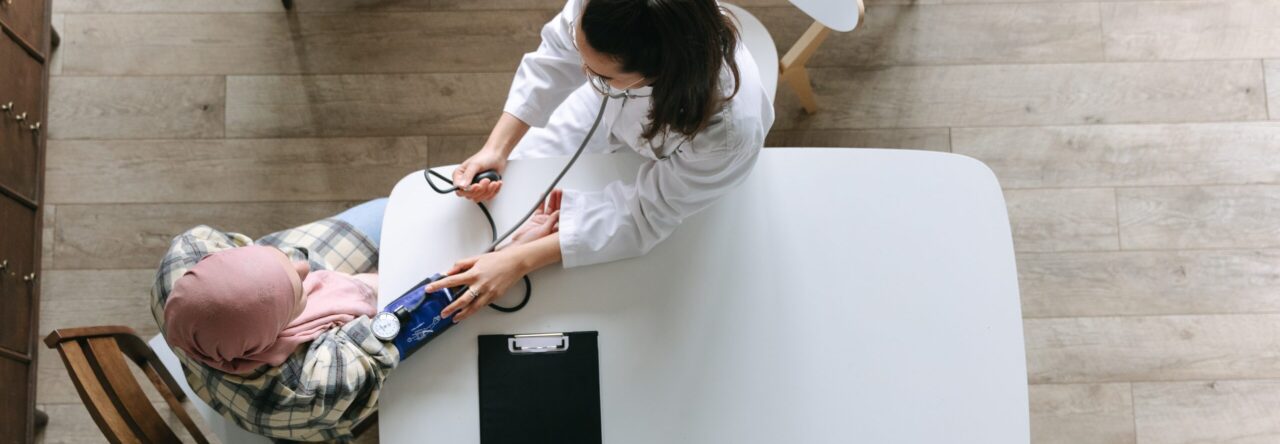Low blood pressure, also known as hypotension, is a condition in which the force of blood against the walls of the arteries is consistently too low. In general, blood pressure is considered low when the systolic pressure (the top number) is less than 90 mmHg or the diastolic pressure (the bottom number) is less than 60 mmHg. However, what is considered low blood pressure can vary depending on the individual and their baseline blood pressure.

Low blood pressure can be caused by a variety of factors, including dehydration, blood loss, certain medications, and medical conditions such as heart problems, endocrine disorders, and neurological disorders. In some cases, low blood pressure may be a normal response to certain situations, such as standing up too quickly or prolonged bed rest.
Symptoms of low blood pressure may include dizziness, lightheadedness, fainting, blurred vision, nausea, and fatigue. In severe cases, low blood pressure can cause shock, a life-threatening condition in which the body’s organs do not receive enough oxygen and nutrients.
Treatment for low blood pressure depends on the underlying cause. In some cases, lifestyle changes such as increasing fluid and salt intake, and avoiding standing up too quickly, may be sufficient. In other cases, medications may be prescribed to raise blood pressure. It is important to work with a healthcare professional to determine the best course of treatment for low blood pressure.
Some people may have chronically low blood pressure that does not cause symptoms or require treatment. However, low blood pressure can be a sign of an underlying health problem, so it is important to have blood pressure checked regularly, especially if symptoms occur.
In some cases, low blood pressure can be a side effect of medication. Certain medications, such as blood pressure medications, diuretics, and antidepressants, can lower blood pressure. If you are experiencing symptoms of low blood pressure, it is important to talk to your healthcare provider about your medications and any potential side effects.
In addition to lifestyle changes and medications, there are some self-care measures that can help manage low blood pressure. These include:
- Drinking plenty of fluids: Staying hydrated can help increase blood volume and raise blood pressure
- Eating a balanced diet: Eating a diet rich in whole grains, fruits, vegetables, and lean protein can help maintain blood pressure levels
- Avoiding alcohol and caffeine: These substances can cause dehydration and lower blood pressure
- Wearing compression stockings: These stockings can help improve blood flow and prevent blood from pooling in the legs, which can lower blood pressure
- Avoiding standing up too quickly: This can cause a sudden drop in blood pressure and increase the risk of dizziness and fainting.
If you are experiencing symptoms of low blood pressure, it is important to talk to your healthcare provider. They can help determine the underlying cause of your low blood pressure and develop a treatment plan that is right for you. It is also important to have regular blood pressure checks to monitor your blood pressure and detect any changes or trends.
